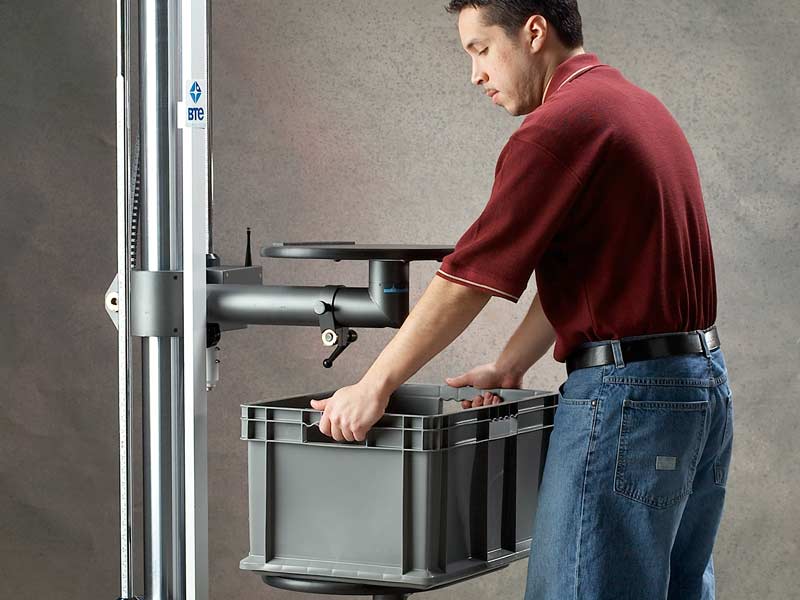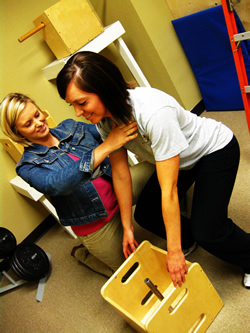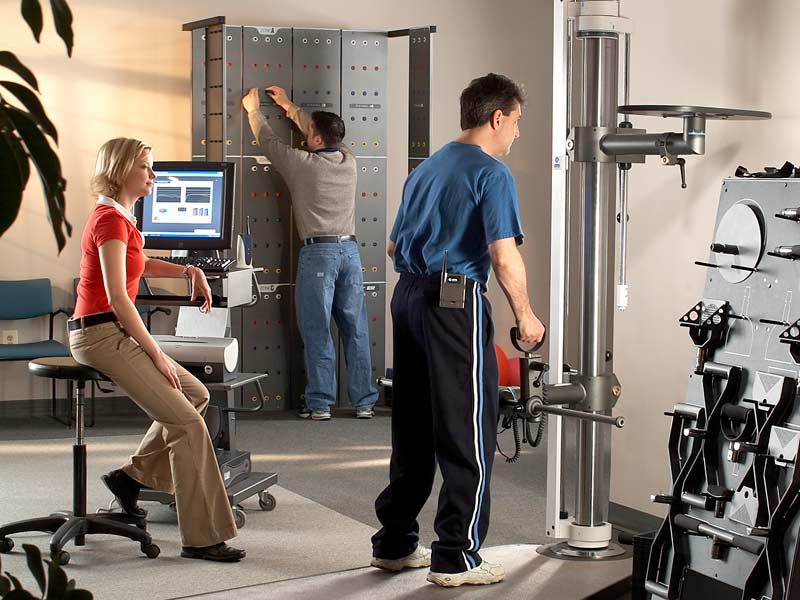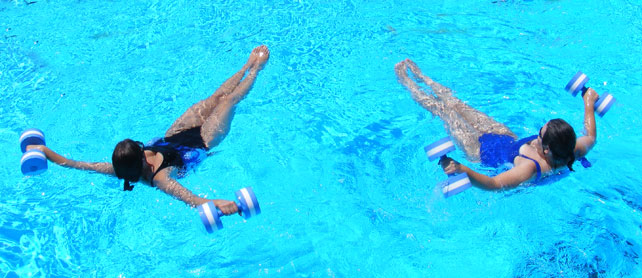POETs in Physical Therapy

The POETs that occur in physical therapy have nothing to do with literature or rhyming. POET stands for post offer of employment testing or post offer employee testing. These tests are one of the most valuable injury prevention resources for both employees and their potential employers. This examination is given to a prospective employee to compare their physical capabilities to the physical demands required to perform the essential functions of the offered position. It ensures that an applicant is physically matched to the job they will perform, and is important for job success, injury prevention, and minimizing the associated costs with any chance of injury. The nice thing about a POET is that it truly benefits both the employee and employer.
More and more companies are using POETs. Companies don’t have to perform these tests for all of their jobs, but if they require a POET for a specific job then they need to test all applicants that apply for the specific job position. POETs are usually performed for jobs that require high physical demands or may be considered high risk occupations for injury. They can also be completed to get baseline data on an employee. Again they are used to safely match an applicant with the job being offered.
POETs occur after a conditional job offer has been made. They are usually performed at occupational health clinics, physical therapy clinics, or at the place of employment. Employers may have additional tests the employee must complete prior to employment (back ground check, drug test, and/or physical). Each POET is specific to the job and the employer. A formal job analysis will be performed; looking at heights of instruments and equipment, positions required for tasks, and the forces needed to grip, pinch, maneuver, push, pull, lift and/or carry to perform the job being analyzed. The heart rate is watched throughout the test for safety reasons; some companies may monitor an applicant’s blood pressure as well. An activity is usually performed at least 3 times so that companies can look at consistency and validity. It’s important that the applicant performs each test to their safe maximal effort. Realize that the employee normally will not be told if they pass or fail the test when the POET is completed. The clinician collects the data, and the employer or third party administrator analyze the data and compare it to the required physical demands. If the performed abilities don’t match the essential functions and physical demands, the job offer can be receded.
A POET shouldn’t scare any employee if they truly feel that they can perform the job they applied for, especially if they have already performed that type of work before. They should be relaxed, go in and perform the activities/tests to their best ability. Remember it’s just trying to ensure that an applicant is physically matched to the job they will perform, and is important to job success and injury prevention (keeping the employee safe).





 Industrial rehabilitation is a type of rehabilitation program aimed at helping an injured workers return to work safely and effectively and to help with prevention and reduction of work-related injuries. We must remember that industrial does not automatically mean that it is labor intensive. It includes jobs that are repetitive or that may involve awkward positions or motions. This type of program may include some if not all of the following types of programs/tests: physical and/or occupation therapy (worker compensation focused), Functional Capacity Evaluations (FCE), Work Conditioning, Work Hardening, Ergonomics, Job-Site Analysis, or Post-Offer Employment Test (POET).
Industrial rehabilitation is a type of rehabilitation program aimed at helping an injured workers return to work safely and effectively and to help with prevention and reduction of work-related injuries. We must remember that industrial does not automatically mean that it is labor intensive. It includes jobs that are repetitive or that may involve awkward positions or motions. This type of program may include some if not all of the following types of programs/tests: physical and/or occupation therapy (worker compensation focused), Functional Capacity Evaluations (FCE), Work Conditioning, Work Hardening, Ergonomics, Job-Site Analysis, or Post-Offer Employment Test (POET). The workers’ compensation physical therapy world is different than the basic physical therapy world. If you get injured at work, it is imperative to report the injury to your employer/supervisor right away. If your injury occurs over time, then you should report it to your supervisor as soon as you feel that it may have been caused by your job. This is the beginning of a workers’ compensation (WC) case.
The workers’ compensation physical therapy world is different than the basic physical therapy world. If you get injured at work, it is imperative to report the injury to your employer/supervisor right away. If your injury occurs over time, then you should report it to your supervisor as soon as you feel that it may have been caused by your job. This is the beginning of a workers’ compensation (WC) case.

 Pool therapy is not just for summertime at ProActive. ProActive Physical Therapy and Sports Medicine’s Aquatic/Pool Therapy is performed at a beautiful indoor pool at the Noonan’s Swimming School located next door to our 4S Ranch facility. The pool is heated to a therapeutic 90 degrees and is 3½ to 4½ feet deep. The patients participate in an individual, injury specific, aquatic exercise program where the instructor can and will get in the water with the patients or may instruct from the deck. The friendly warm environment is shared with no more than 6 patients. The pool provides support, relaxation, and comfort.
Pool therapy is not just for summertime at ProActive. ProActive Physical Therapy and Sports Medicine’s Aquatic/Pool Therapy is performed at a beautiful indoor pool at the Noonan’s Swimming School located next door to our 4S Ranch facility. The pool is heated to a therapeutic 90 degrees and is 3½ to 4½ feet deep. The patients participate in an individual, injury specific, aquatic exercise program where the instructor can and will get in the water with the patients or may instruct from the deck. The friendly warm environment is shared with no more than 6 patients. The pool provides support, relaxation, and comfort.